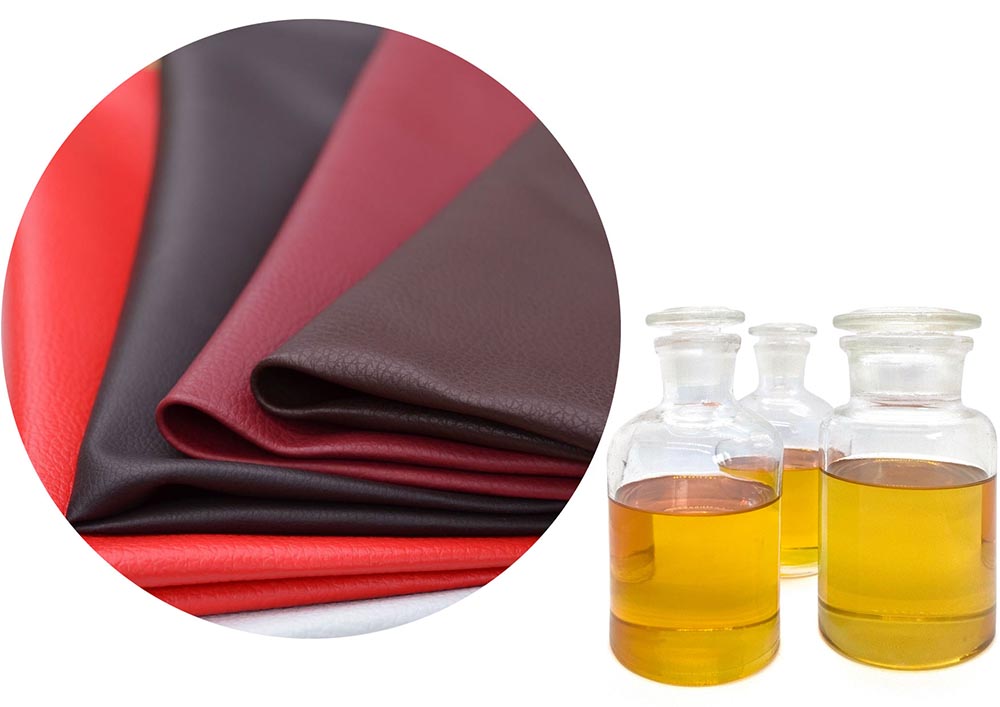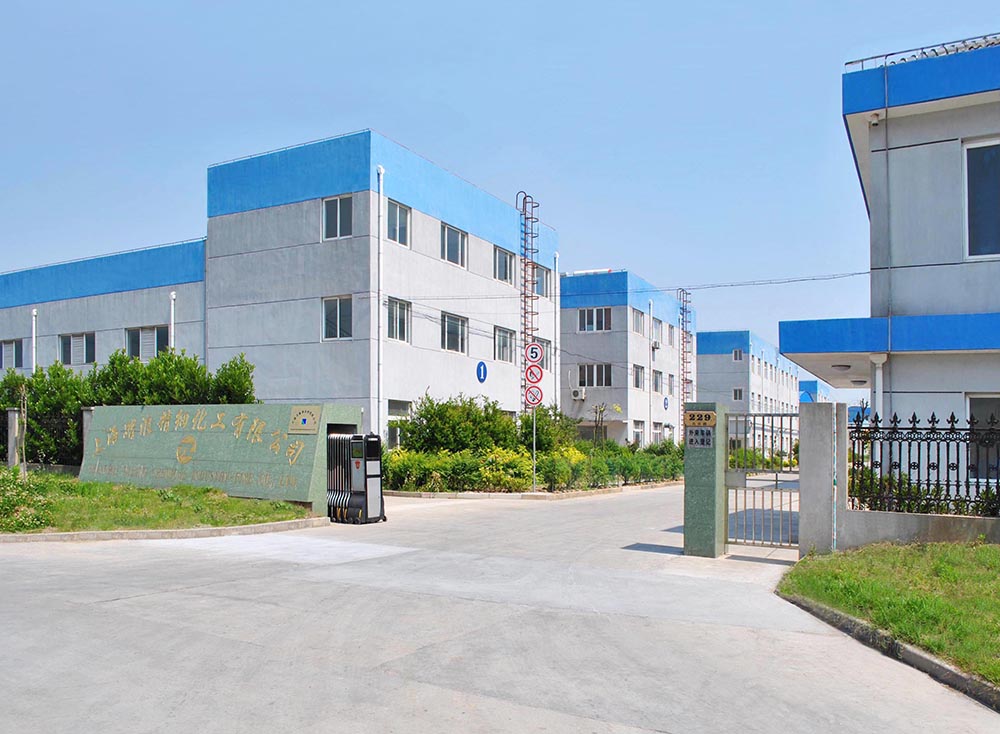Imagine you’re an automotive artificial leather manufacturer, putting your heart and soul into creating the perfect product. You’ve chosen liquid barium – zinc stabilizers, a seemingly reliable option, to safeguard your PVC – based artificial leather during production. But then, the dreaded moment arrives—your finished product faces the ultimate test: a 120 – degree Celsius heat endurance trial. And to your dismay, yellowing rears its ugly head. What on earth is going on? Is it the quality of the phosphite in your liquid barium – zinc stabilizers, or could there be other sneaky culprits at play? Let’s embark on a detective – style journey to crack this colorful case!
The Role of Liquid Barium – Zinc Stabilizers in Artificial Leather
Before we dive into the mystery of yellowing, let’s quickly recap the role of liquid barium – zinc stabilizers in artificial leather production. These stabilizers are like the guardians of your PVC, working hard to protect it from the harsh effects of heat, light, and oxygen. They neutralize the hydrochloric acid released during PVC degradation, replace unstable chlorine atoms, and offer antioxidant protection. In the automotive world, where artificial leather is exposed to all sorts of environmental conditions, from scorching sunlight to extreme temperature changes inside the car, these stabilizers are crucial for ensuring the longevity and quality of the material.
The Suspect: Phosphite Quality in Liquid Barium – Zinc Stabilizers
Now, let’s turn our attention to the prime suspect—phosphite in liquid barium – zinc stabilizers. Phosphite is an important component that plays a significant role in the overall performance of the stabilizer system. High – quality phosphite has excellent antioxidant properties, which means it can effectively combat the oxidative degradation that often leads to yellowing.
Think of phosphite as a superhero, swooping in to save the day when free radicals (the villains in this story) try to attack your artificial leather. When phosphite is of subpar quality, it may not be able to do its job as effectively. It might not be able to neutralize all the free radicals generated during the heat test, allowing them to cause damage to the PVC structure and trigger yellowing.
For example, if the phosphite in your liquid barium – zinc stabilizer has been poorly manufactured or has been contaminated during the production process, it could lose its antioxidant potency. This would leave your artificial leather vulnerable to the high – temperature onslaught, resulting in that unwanted yellowish tint.
Other Possible Culprits
But wait, the phosphite isn’t the only one who could be behind this yellowing mystery. There are several other factors that might be contributing to the problem.
Temperature and Time
The heat test itself is a tough challenge. The combination of 120 – degree Celsius heat and the duration of the test can put a lot of stress on the artificial leather. If the temperature isn’t evenly distributed during the test or if the leather is exposed to the heat for longer than necessary, it can increase the likelihood of yellowing. It’s like leaving a cake in the oven for too long—things start to go wrong, and the color changes.
Presence of Impurities
Even a tiny amount of impurities in the PVC resin or other additives used in the artificial leather production can have a big impact. These impurities can react with the stabilizers or the PVC under high – temperature conditions, leading to chemical reactions that cause yellowing. It’s like a hidden saboteur, quietly causing chaos from within.
Compatibility Issues
The liquid barium – zinc stabilizer needs to work in harmony with other components in the artificial leather formulation, such as plasticizers and pigments. If there are compatibility issues between these components, it can disrupt the stabilizer’s performance and lead to yellowing. It’s a bit like a mismatched band—if the members don’t work well together, the music sounds off.
Solving the Mystery
So, how do you solve this yellowing mystery and ensure your artificial leather passes the heat test with flying colors?
First, it’s crucial to source high – quality liquid barium – zinc stabilizers from a reliable supplier. Make sure the phosphite in the stabilizer is of top – notch quality and has been properly tested for its antioxidant properties.
Next, carefully review and optimize your production process. Ensure that the temperature and time during the heat test are precisely controlled, and that all the equipment is functioning properly to ensure even heat distribution.
Also, pay close attention to the quality of the raw materials you use. Thoroughly test the PVC resin and other additives for impurities and make sure they are compatible with the stabilizer system.
By taking these steps, you can crack the case of yellowing and produce artificial leather that not only looks great but also stands up to the toughest heat tests, making your automotive customers happy and your products the talk of the town.
In the world of artificial leather production, every mystery has a solution. It’s all about being a savvy detective, identifying the suspects, and taking the right steps to solve the case. So, gear up, and let’s keep those artificial leather products looking their best!
TOPJOY Chemical Company has always been committed to the research, development, and production of high-performance PVC stabilizer products. The professional R&D team of Topjoy Chemical Company keeps innovating, optimizing product formulations according to market demands and industry development trends, and providing better solutions for manufacturing enterprises. If you want to learn more information about PVC stabilizers, you are welcome to contact us at any time!
Post time: Jul-28-2025



